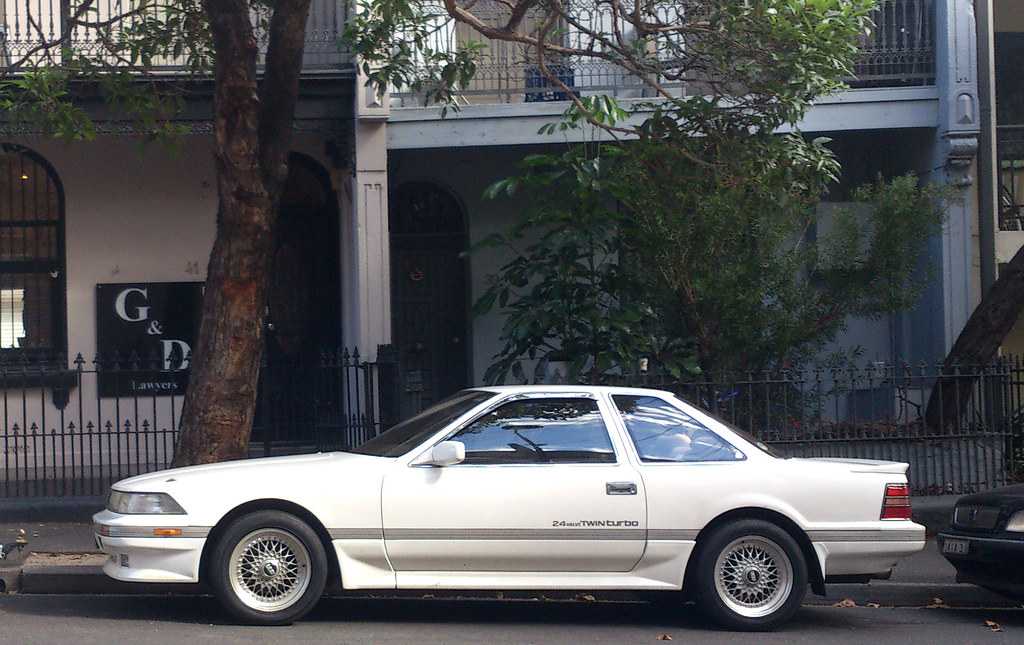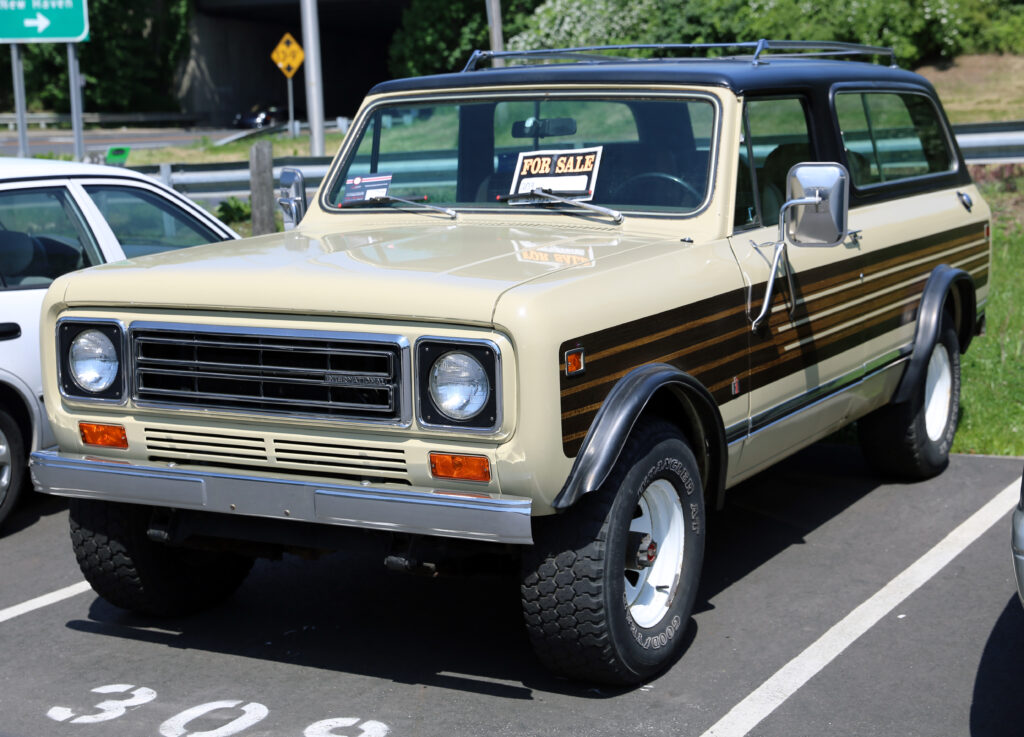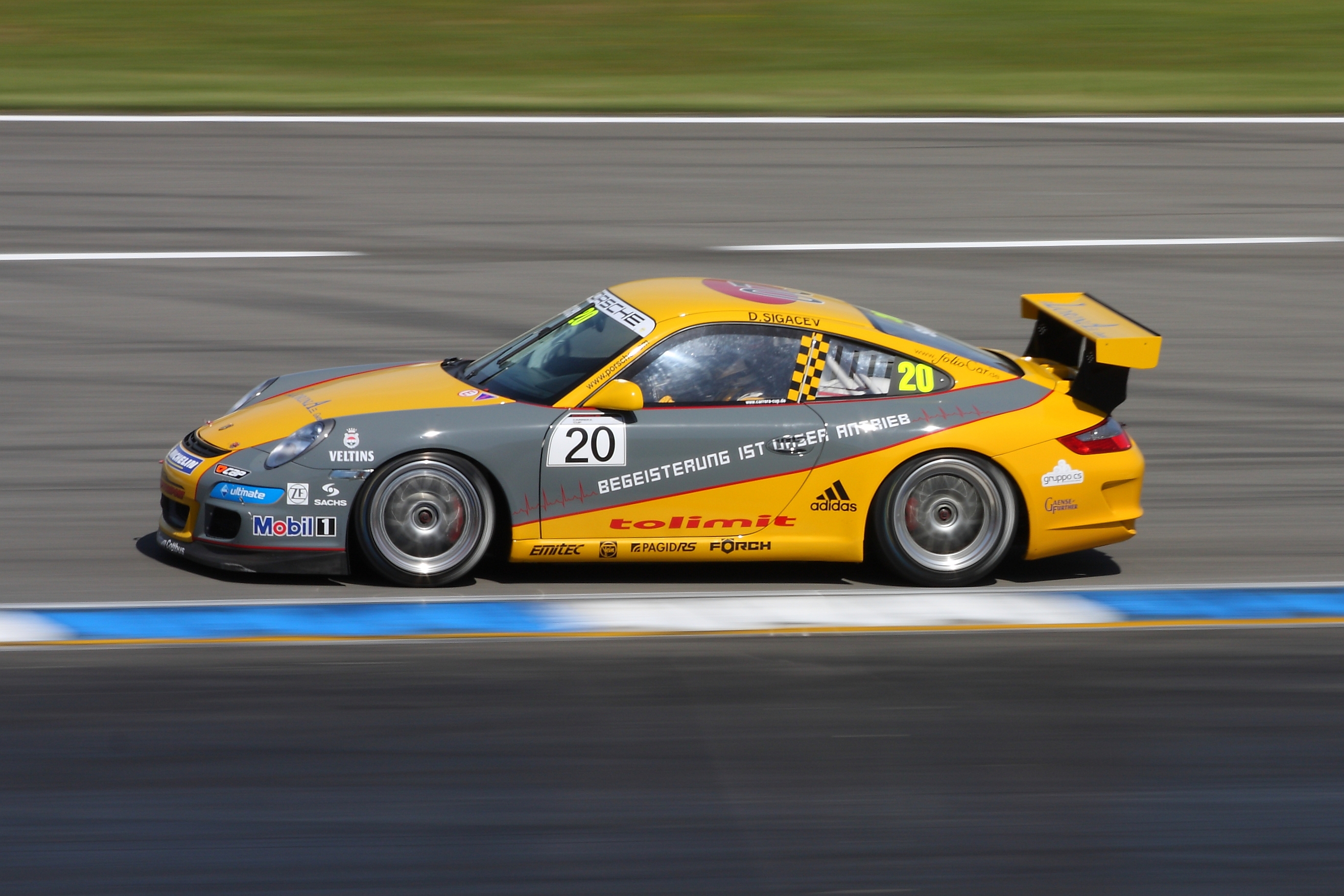For automobile enthusiasts, this stunning garage featuring a flawless Lexus LC500 and a Toyota Soarer is more than just a coincidence—it’s a tribute to the legacy and stylistic evolution of a legendary brand. It’s not merely an obsession with visiting every home in two segments of automotive history; rather, it’s about celebrating how Lexus has remarkably and consistently captured the essence of its generation across a range of vehicles.
The Toyota Soarer: A Trailblazer of Extravagance Cars
The Toyota Soarer, later rebadged as the Lexus SC for global markets, set the stage for what luxury coupes could be. Its sleek design and cutting-edge technology for the time made it a standout model, reflecting the ambitious spirit of the 1990s. The Soarer was known for its streamlined shape, luxurious interiors, and innovative features like digital dashboards and electronic control systems, making it a pioneer in the luxury coupe segment.
At the point when Toyota chose to send off its extravagance image, Lexus, the Soarer was a characteristic fit for the setup. Rebadged as the Lexus SC, it kept on dazzling with its refined feel and execution, cementing its standing as an extravagance sports car. The SC models, especially the SC300 and SC400, became inseparable from extravagance, style, and unwavering quality, attributes that would become signs of the Lexus brand.

The Lexus LC500: Luxurious Modernity and Performance
Fast-forward to today, and the Lexus LC500 takes this heritage further in both design and performance. It embodies the essence of modern luxury: exhilarating performance combined with an aesthetic that is both ultra-modern and timeless. Featuring bold lines and an aggressive stance, along with a sumptuous interior, the LC500 epitomizes Lexus’ design philosophy. From its powerful V8 engine to the sophisticated suspension system and state-of-the-art infotainment, this car is advanced, so it’s got to be good.
The LC500 is a testament to just how much Lexus believes in the power of innovation and excellence. It is a car that expresses a balance between sharp, aggressive lines and soft, smooth curves that ensure a dynamic and elegant silhouette. Equally breathtaking is the engineering behind this car. The main focus was always on great performance and a thrilling driving experience. Lightweight construction, state-of-the-art aerodynamics, and engines producing bhp comprise the unmatched performance and handling brought by it.
Reimagining Modern Marvels: The Retro Designs of Ruben Ooms
What if we could turn back time and imagine these modern marvels as if they were designed decades ago? Dutch illustrator and concept artist Ruben Ooms has brought this fascinating thought experiment to life. Ooms, who has a background in working with major car brands and a passion for cars, started a project that reimagines modern vehicles with a retro touch, answering the intriguing question: What if today’s cars were designed in the past?
Envision something like a 1974 Audi R8 or a 1956 BMW i8—theme cars baptized in tomorrow’s technology. Niek Ooms whisks one away on a merry time-warp ride to a view of some sort of parallel universe where life for automotive design had taken a different turn. It is the elan of this so-called ‘present past,’ encapsulating precisely the spirit behind his works.

The Toyota Celica: A Forerunner to Current Developments
One could argue that the history of the Toyota Celica is a precursor to such innovative projects. In the 1970s, the Celica became Japan’s answer to the American ‘pony car,’ boasting a design influenced by its American counterparts while incorporating advanced manufacturing techniques. It was a car that not only catered to the leisure-oriented lifestyle of the time but also paved the way for Toyota’s global success in the automotive market.
The Celica’s impact is obvious in the plans and ways of thinking that followed. Its energetic yet useful plan, combined with cutting edge design, sets a benchmark for future models. The change from the Celica to the Soarer and, in the end, to the LC500 features Toyota’s and Lexus’ capacity to develop and enhance while keeping an association with their foundations.
The Immortal Allure of Lexus Plan
As we dive into the changes of plan methods of reasoning, from the Celica to the Soarer/Lexus SC and, at last to the LC500, obviously Lexus (and Toyota) has consistently had an eye for catching the climate in its plans. Each model mirrors a mix of social and innovative progressions of now being the ideal time, guaranteeing that every vehicle isn’t simply of now being the right time yet additionally in front of it.
Ooms’ retro designs ignite the imagination and offer a unique perspective on the evolution of car styling. It’s a reminder that while cars may be bound by the era they are created in, their design is timeless, transcending generations and continuing to inspire. The journey from the Soarer to the LC500 isn’t just about the cars themselves; it’s also about the story they tell—one of innovation, style, and an unwavering pursuit of perfection.
The evolution of Lexus’ styling from the Soarer/Lexus SC to the LC500 is a remarkable story of automotive design. It demonstrates how cars can capture the essence of their time while pointing towards the future. Ruben Ooms’ work serves as a fascinating exploration of this evolution, offering a glimpse into what might have been and what is. As we look back at these models, we’re reminded of the power of design to evoke emotion, spark imagination, and drive forward the ever-evolving narrative of the automobile.





